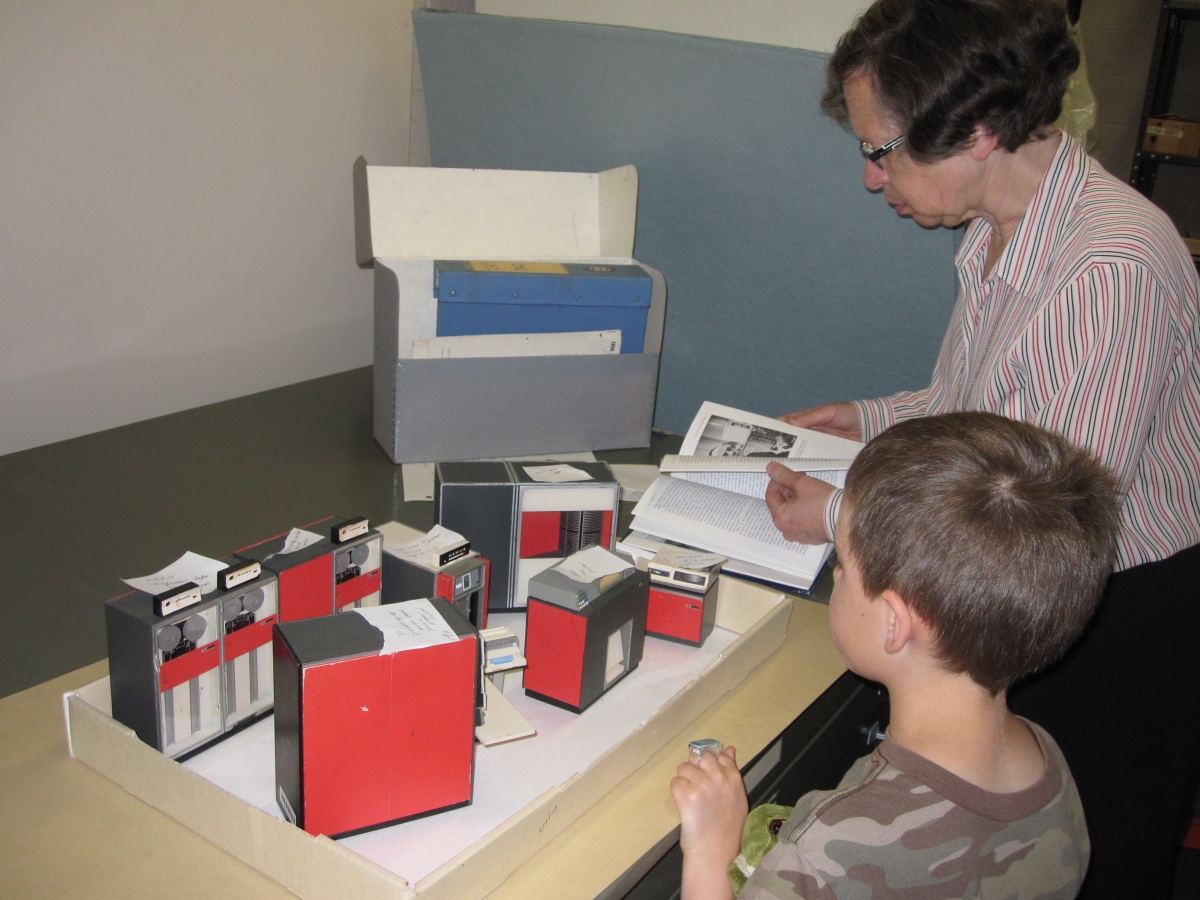- About MAA
- Membership
- MAA Publications
- Periodicals
- Blogs
- MAA Book Series
- MAA Press (an imprint of the AMS)
- MAA Notes
- MAA Reviews
- Mathematical Communication
- Information for Libraries
- Author Resources
- Advertise with MAA
- Meetings
- Competitions
- Programs
- Communities
- MAA Sections
- SIGMAA
- MAA Connect
- Students
- MAA Awards
- Awards Booklets
- Writing Awards
- Teaching Awards
- Service Awards
- Research Awards
- Lecture Awards
- Putnam Competition Individual and Team Winners
- D. E. Shaw Group AMC 8 Awards & Certificates
- Maryam Mirzakhani AMC 10 A Awards & Certificates
- Two Sigma AMC 10 B Awards & Certificates
- Jane Street AMC 12 A Awards & Certificates
- Akamai AMC 12 B Awards & Certificates
- High School Teachers
- News
You are here
Online Museum Collections in the Mathematics Classroom – Introduction
Historical documents are widely recognized as useful components of mathematics teaching, but historical objects are not often used for instruction. Availability is certainly part of the reason for the disparity, as procuring physical artifacts can be difficult and expensive, while museum collections of mathematical and scientific instruments have usually been unavailable to the general public. Museums typically own many more objects than they can display at one time, while storage locations for objects may not be easily accessible even to those researchers who are able to make arrangements with curators to see the collections they manage. However, numerous digitization projects around the world have made it possible for teachers and professors to bring virtual versions of objects into their classrooms. Museums and other repositories can now share photographs as well as information about the history and use of individual objects that far exceeds the amount of text that is feasible in an on-site exhibit. This article highlights the online collections of mathematical and related objects of the Smithsonian Institution, particularly those of the National Museum of American History (NMAH). Other online resources and suggestions for utilizing online museum collections in the mathematics classroom are also described.

Peggy A. Kidwell, mathematics curator at the National Museum of American History, demonstrates a salesman's model of an IBM System 360 computer from about 1965 to Brian Gellasch in May 2013. Personal photo.
Amy Ackerberg-Hastings (University of Maryland University College) and Amy Shell-Gellasch (Montgomery College), "Online Museum Collections in the Mathematics Classroom – Introduction," Convergence (December 2014)




